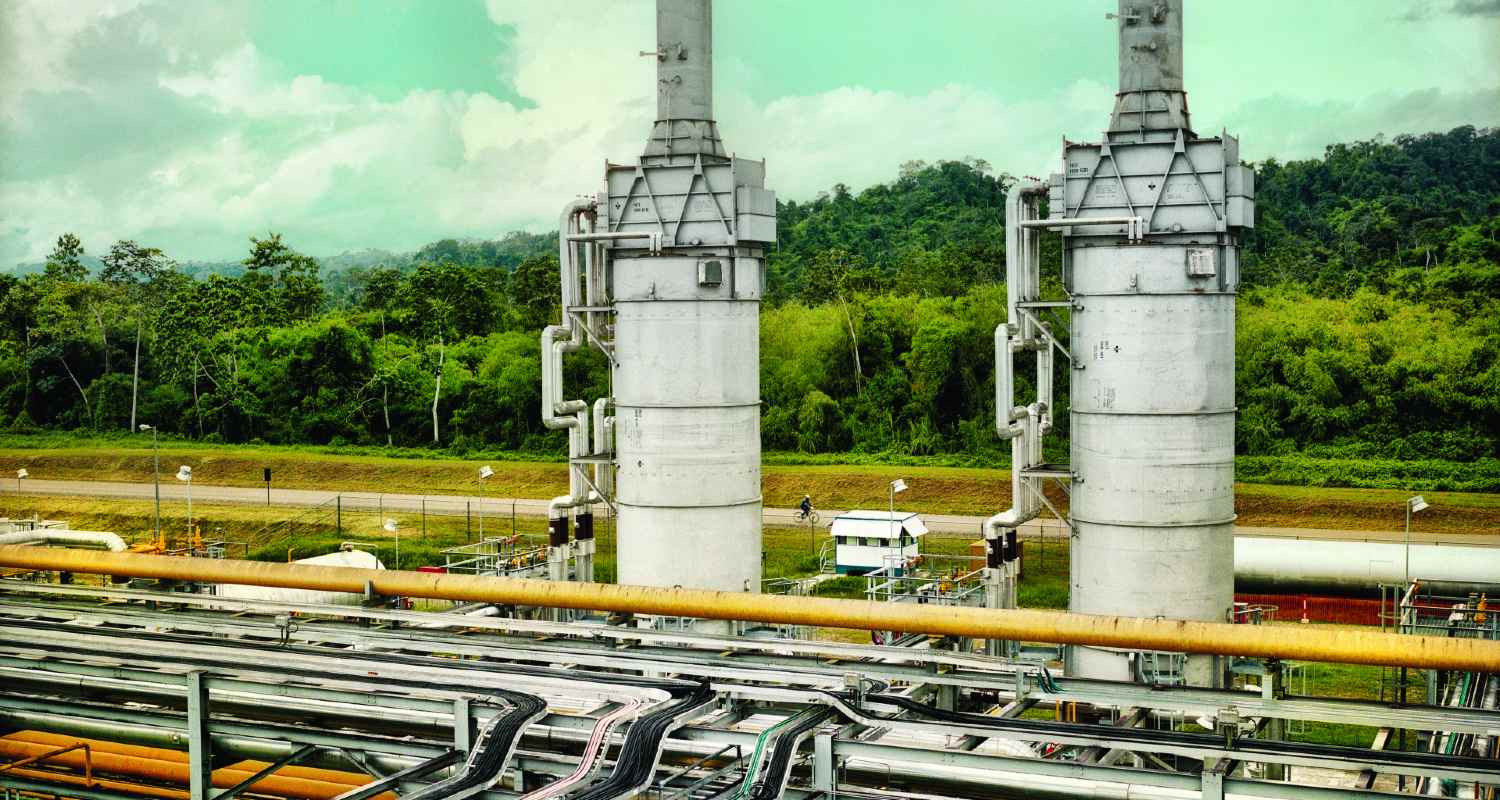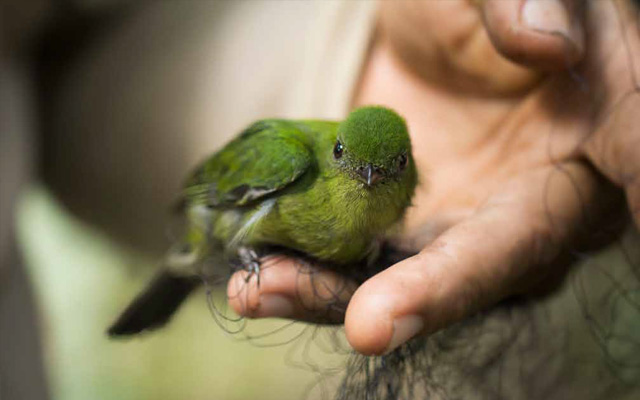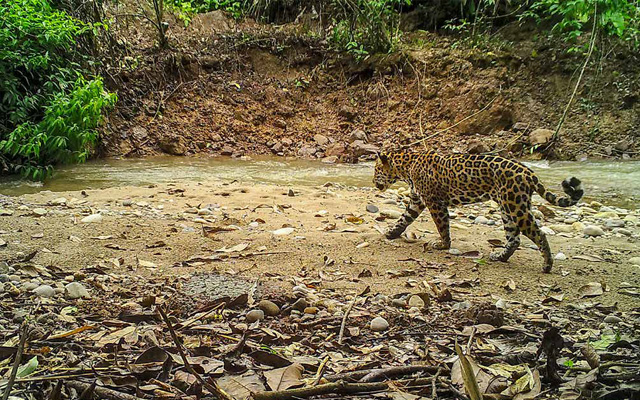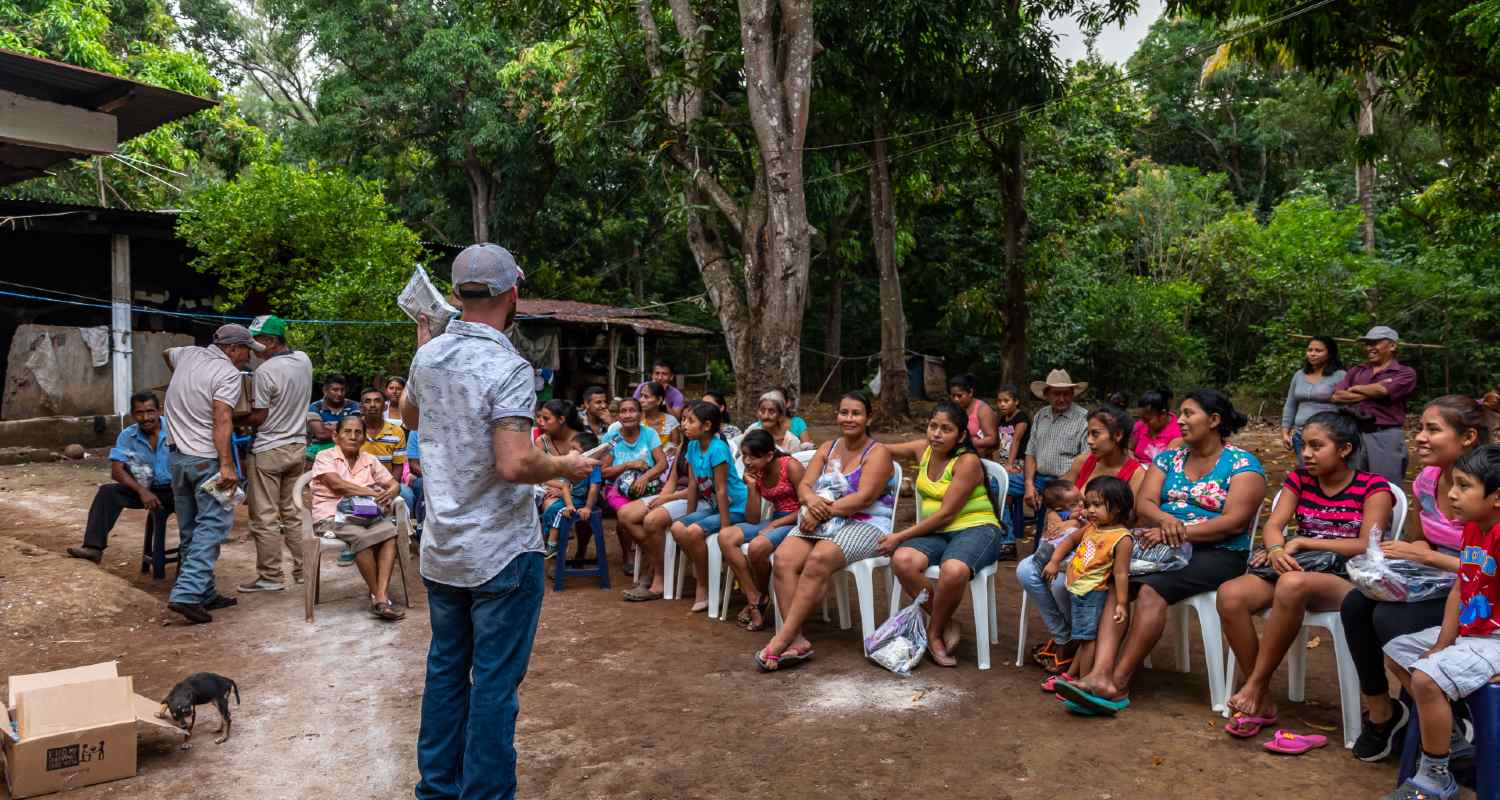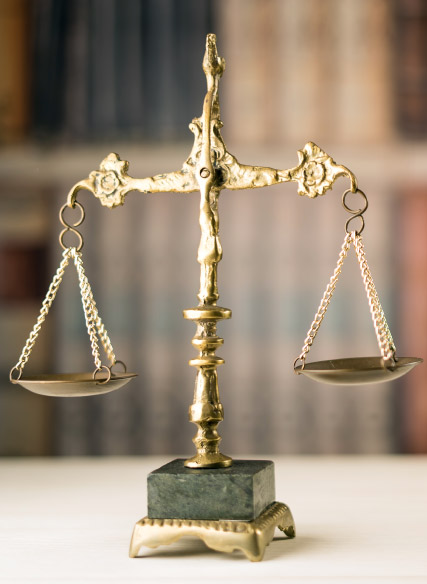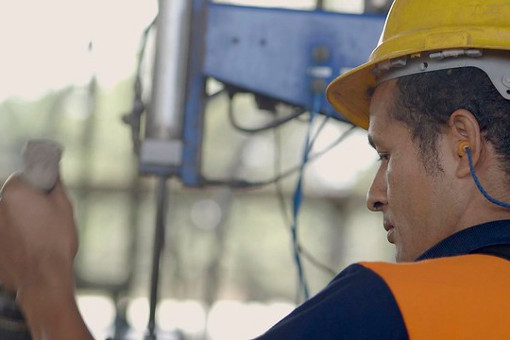Additional measures in the exploratory project
Additional measures in the exploratory project
The Environmental Impact Assessment followed the highest measures for the protection of people in isolation and initial contact:
Limiting the area of exploratory activity
Limiting the area of exploratory activity
To only 0.3% of the Block's area and 0.1% of the reserve's surface
Anthropological Contingency Plan
Anthropological Contingency Plan
Meeting international standards for the protection of indigenous communities in voluntary isolation
Limiting impacts
Limiting impacts
Medical exams and vaccinations for workers, logistics through helicopters, confined camps, and advanced units comprising indigenous guards and medical personnel
Compensation fund
Compensation fund
In benefit of peoples in isolation and for initial contact in the Territorial Reserve



